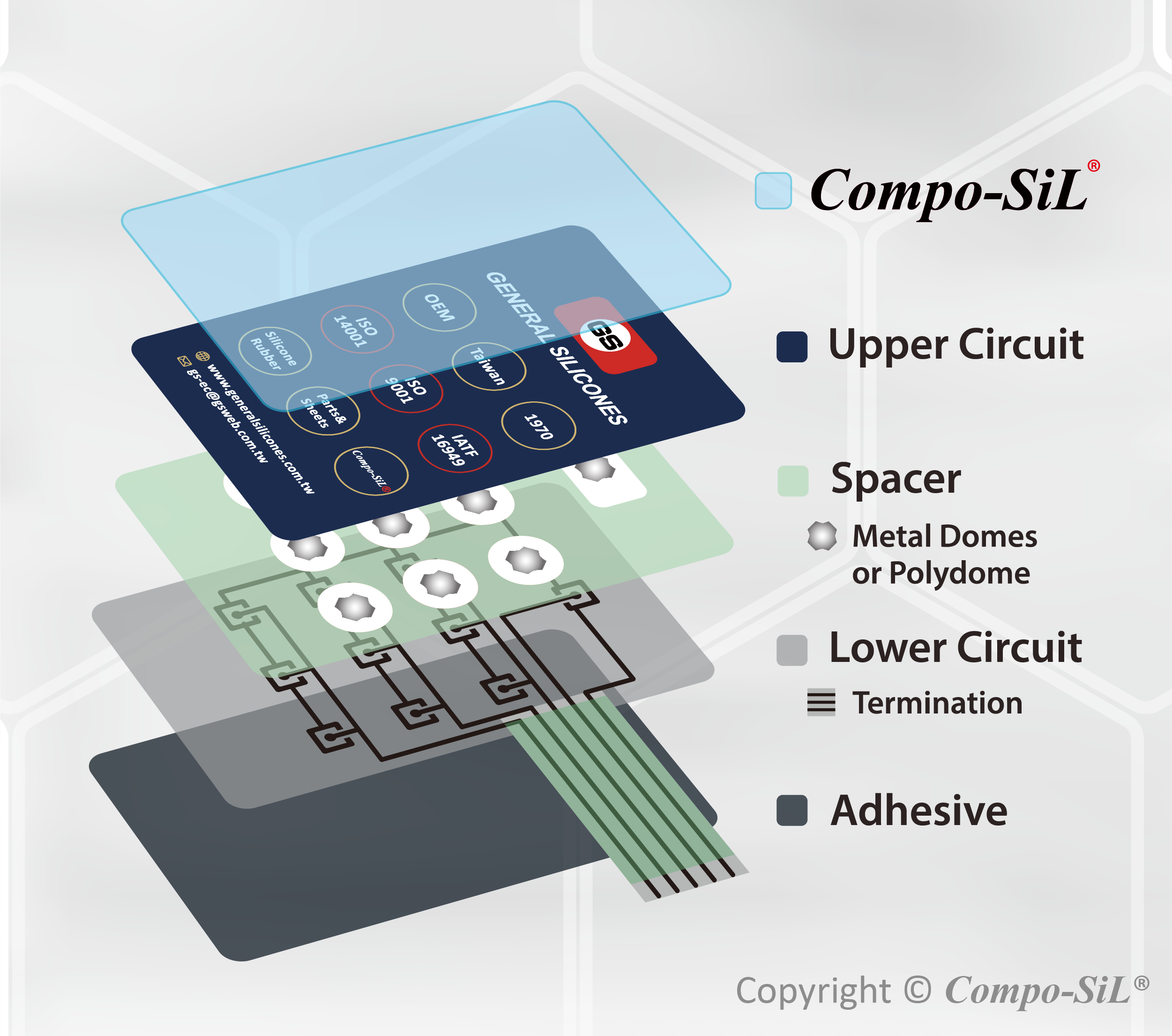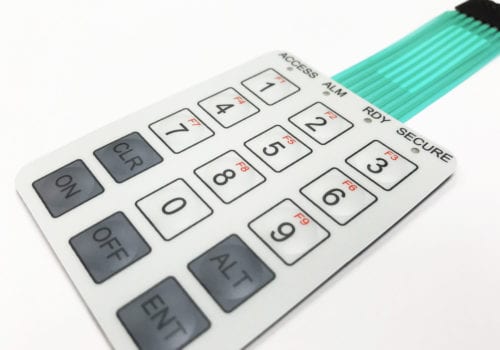Top Applications for Membrane Switches in Consumer Electronics
Comprehending the Importance of Membrane Switches in Interface
Membrane switches are essential components in the style of efficient customer interfaces, facilitating not only performance yet additionally enhancing aesthetic charm and individual communication. As we discover the future fads and numerous advantages associated with Membrane technology, it ends up being clear that these buttons are a lot more than simply parts; they stand for a merging of innovation and practicality.
What Are Membrane Switches?

The spacer layer, which includes adhesive residential properties, permits for the splitting up of the circuit layer from the overlay, making sure that the button stays in a non-activated state until pressed. When stress is used to the overlay, it compresses the spacer layer, bridging the gap and finishing the circuit in the underlying layer. This layout not just minimizes the physical area required for conventional mechanical buttons but likewise improves the toughness of the gadget, as Membrane switches are typically resistant to dirt, dampness, and various other ecological aspects.
Generally found in applications varying from consumer electronic devices to medical gadgets, Membrane switches are essential to modern innovation, providing a reliable and easy to use user interface that straightens with contemporary style needs.
Benefits of Membrane Switches
While countless button innovations exist, Membrane Switches deal distinctive advantages that make them especially preferable in various applications. Among the key benefits of Membrane switches is their small style, which enables space-saving applications in devices where realty is limited. Their slim account not just improves visual appeal yet also assists in light-weight building.
An additional considerable benefit is their resistance to ecological aspects. Membrane buttons are usually secured against wetness, dust, and pollutants, making them perfect for use sought after settings, such as clinical tools and industrial equipment. This durability prolongs the lifespan of the switch, reducing upkeep expenses and improving reliability.
In addition, Membrane switches can be tailored to satisfy specific design demands, including unique graphics and colors that boost individual interaction. Their tactile feedback alternatives can additionally be tailored to give a gratifying individual experience. Additionally, Membrane buttons are affordable, especially in high-volume applications, as they can be created successfully.
Applications in Numerous Industries

In the customer electronics field, review Membrane switches are common in devices such as microwaves, washing machines, and remotes. Their tactile responses weblink and aesthetic choices improve individual experience while supplying a sleek, modern-day appearance. Furthermore, vehicle makers make use of Membrane buttons in dashboard controls and infomercial systems, where room is restricted, and user involvement is crucial.
Moreover, the industrial sector leverages Membrane switches in control panels for equipment and equipment, allowing for user-friendly operation in often extreme atmospheres. Their resistance to chemicals and wetness makes certain long life and reliability in these applications. Overall, the versatility of Membrane Switches adds considerably to their extensive usage, making them crucial in different technological domain names.
Style Factors To Consider for Membrane Buttons

When creating Membrane buttons, numerous crucial considerations have to be thought about to ensure optimum functionality and user experience. To start with, the option of products is vital; picking sturdy, top quality substratums can enhance the switch's longevity and resistance to environmental aspects such as dampness and temperature level variations.
Second of all, the design of the graphic overlay need to focus on quality and simplicity of usage. Symbols and message have to be readable, and the format ought to help with user-friendly communication (membrane switches). Additionally, tactile feedback is crucial; incorporating a tactile dome or various other devices can enhance the customer experience by offering physical verification of activation
One more essential aspect is the switch's electrical efficiency. Developers need to make sure that the conductive traces are properly created to decrease resistance and avoid signal interference. This involves analyzing the required actuation pressure and making sure compatibility with the digital parts they will user interface with.

Future Trends in Membrane Technology
As technology remains to breakthrough, Membrane switches are poised to progress substantially, driven by technologies in materials and making techniques. One arising pattern is the consolidation of sophisticated products, such as conductive inks and flexible substrates, which boost longevity and decrease the total weight of Membrane buttons. These materials not just enhance the responsive feedback but additionally enable the design of buttons that can withstand harsher ecological problems.
In addition, the assimilation check here of touch-sensitive technologies is changing standard Membrane Switches into even more interactive interface. Capacitive touch sensing units installed within Membrane switch panels can give an extra responsive and user-friendly individual experience, aligning with the growing need for smooth, contemporary layouts in consumer electronics.
In addition, innovations in printing methods, such as digital and 3D printing, allow rapid prototyping and customization of Membrane buttons. This adaptability enables producers to respond more quickly to market demands and customer preferences.
Last but not least, sustainability is coming to be a substantial focus, with suppliers checking out green products and processes. As these patterns unravel, the future of Membrane innovation assures boosted performance, aesthetic appeal, and ecological responsibility, solidifying their function in innovative interface throughout various sectors.
Final Thought
Finally, Membrane Switches stand for an important part in the style of interface, incorporating capability with visual flexibility. Their benefits, including durability and resistance to environmental variables, make them suitable for varied applications across different markets. Additionally, thoughtful layout considerations boost user interaction and experience. As advancements in technology proceed, the evolution of Membrane switches is anticipated to further refine individual interfaces, driving innovation and enhancing usability in a progressively complicated technological landscape.
Membrane buttons are important elements in the design of reliable customer interfaces, assisting in not only capability yet likewise improving visual allure and customer interaction.Membrane Switches serve as an essential element in various customer interfaces, helping with a smooth communication between users and electronic devices.While countless button modern technologies exist, Membrane Switches deal unique benefits that make them specifically desirable in numerous applications.Additionally, Membrane switches can be personalized to satisfy particular design demands, including special graphics and colors that improve individual interaction.In final thought, Membrane Switches stand for an important element in the design of user interfaces, combining performance with visual versatility.